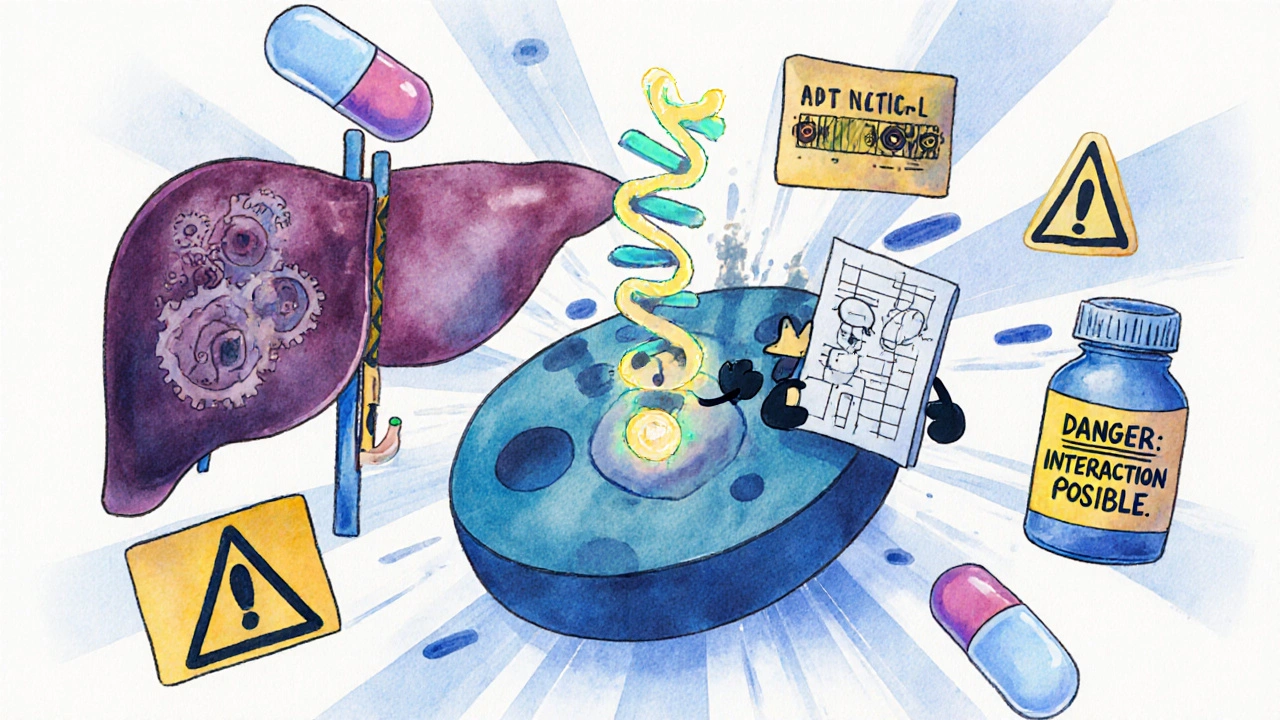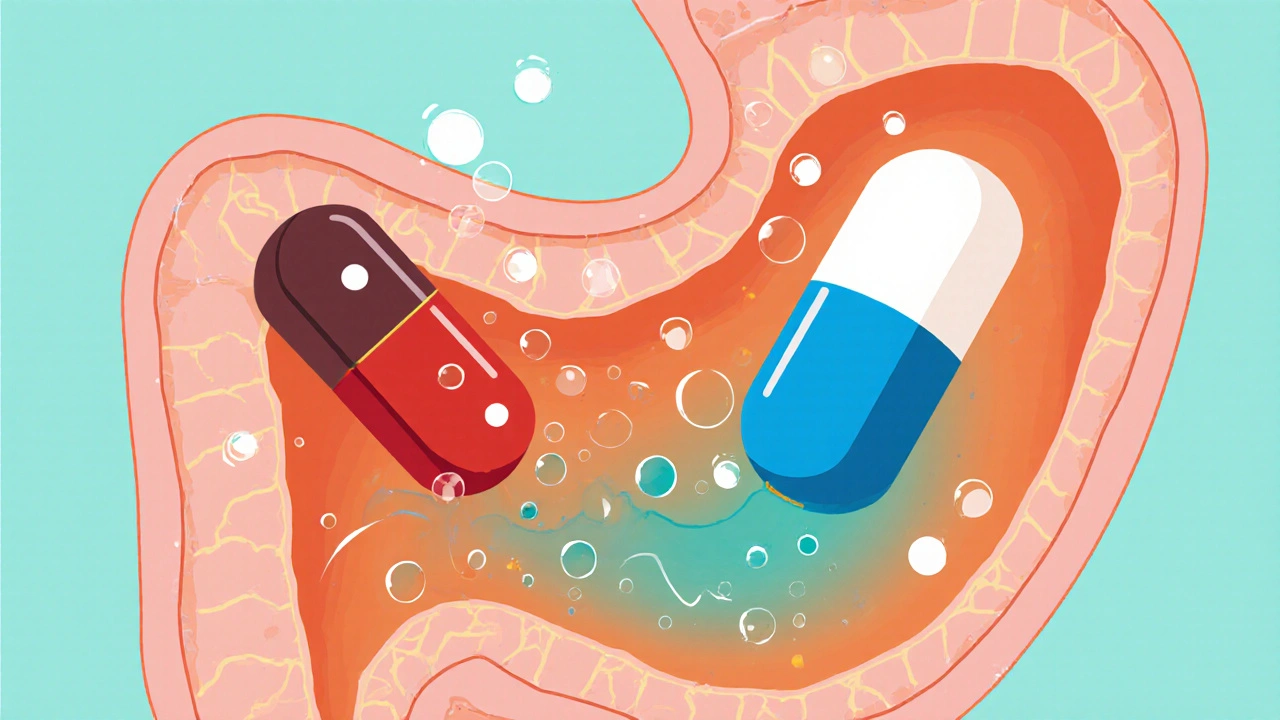When dealing with drug interactions, the way two or more medicines affect each other once they are in the body. Also known as medication interactions, it can change how a drug works, cause side effects, or make a treatment less effective. Understanding this concept helps you avoid surprises when you start a new prescription or add an over‑the‑counter product.
One of the biggest worries with drug interactions is the risk of adverse effects, unwanted symptoms that appear because medicines interfere with each other. When two drugs compete for the same metabolic pathway, you might feel dizziness, nausea, or even a dangerous drop in blood pressure. That’s why doctors often ask about every supplement, herb, or even a single vitamin you take before writing a new recipe.
Another key piece of the puzzle is pharmacokinetics, the processes of absorption, distribution, metabolism, and excretion that determine a drug’s level in your system. If one medication speeds up the metabolism of another, the second drug may never reach a therapeutic level. Conversely, if a drug blocks an enzyme, the other medication can build up to toxic levels. This balance is what makes a simple prescription change sometimes feel like a complex chemistry experiment.
People who take several medicines at once are said to be experiencing polypharmacy, the concurrent use of multiple drugs, often seen in older adults or those with chronic conditions. Polypharmacy raises the odds of interactions dramatically because each added drug introduces new pathways and potential clashes. Managing polypharmacy isn’t just about counting pills; it’s about reviewing each drug’s purpose, checking for overlap, and trimming what isn’t essential.
All of this ties back to the broader goal of medication safety, practices that keep drug use effective while minimizing harm. Tools like online interaction checkers, pharmacist consultations, and printed drug‑interaction charts give you a safety net. They help you spot risky combos before they cause trouble, whether you’re starting a new antidepressant, adding an antifungal, or simply picking up a seasonal allergy pill.
Below you’ll find a curated set of articles that dive deeper into real‑world scenarios—antidepressant withdrawal, fungal treatment pitfalls, heart‑drug comparisons, and more. Each piece explains how interactions work, what signs to watch for, and practical steps to keep your regimen safe. Browse through to arm yourself with the knowledge you need to stay ahead of potential problems.

Gene therapy offers permanent fixes for genetic diseases but brings unique drug interaction risks that can emerge years later. Learn how viral vectors, immune responses, and off-target effects can alter how your body handles medications.
read more
Learn how acid‑reducing meds like PPIs and H2 blockers change stomach pH, affect drug absorption, and what clinicians can do to avoid therapeutic failures.
read more